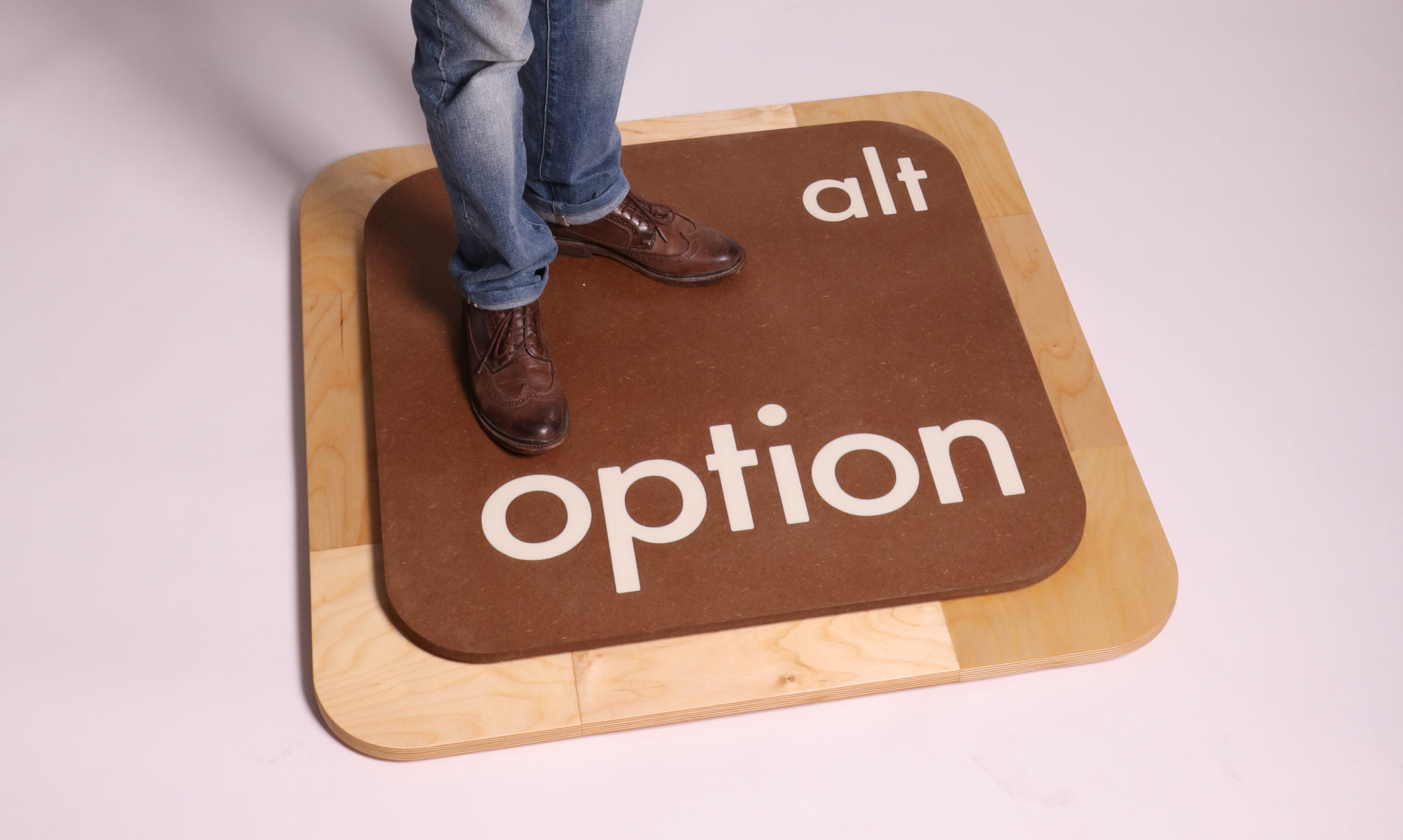Argument is a competitive/collaborative game in which players claim pieces by moving and jumping on other players.
- Was it fun?
- I can see how it would be, but not a game I personally found fun
- What were the player interactions?
- There was, The size of the game made us rely on each other to move pieces in order to play.
- How long did it take to learn?
- About 5-10 minutes, it was nice because game pieces were color coded so that players could always tell what they were doing without having to look at the rules.
- What was the most frustrating moment or aspect of what you just played?
- The moving style was a little difficult to understand, even though it was on the game pieces. I think personally the unique shapes were cool, but hard to understand, especially with the circle board.
- What was your favorite moment or aspect of what you just played?
- The visuals and colors of the board were cool, I enjoyed the visual aspects of the game.
- Was there anything you wanted to do that you couldn’t?
- Being able to stack your own pieces easily, and more more freely.
- If you had a magic wand to wave, and you could change, add, or remove anything from the experience, what would it be?
- Change some of the movement patterns for the pieces, since they were difficult to understand and translate to a circular board
- Is this a game you would play again? Yes _____ No ______ Why
- No, I am not a fan of collaborative games, and I didn’t find it super engaging enough to be willing to play it again.
- Analyze the game using the 3 act structure.
- Act 1 is learning the rules, which is quick and easy. Act 2, playing the game was easy enough but took a little since we were still trying to understand the mechanics of the game. Act 3, ending was the quickest, as the game ends as soon as a player has 6 stacks of game pieces.
- What are the collaborative and or competitive aspects of the game?
- It was collaborative in the fact that, due to the size/shape of the board, other players would have to move pieces for you. Competitive still in the fact that there could still be a single winner of the game.
- What is the game’s metaphor and which of the game’s mechanics standout?
- The main metaphors were chess and rock paper scissors, however this was mostly due to the colors, the entire game was utmost stripped down to just mechanics. However the mechanic of having chess and rock paper scissors as a movement system was very cool.
